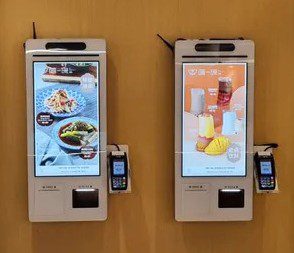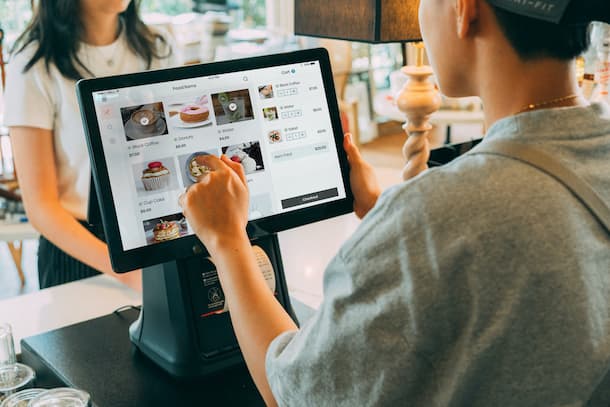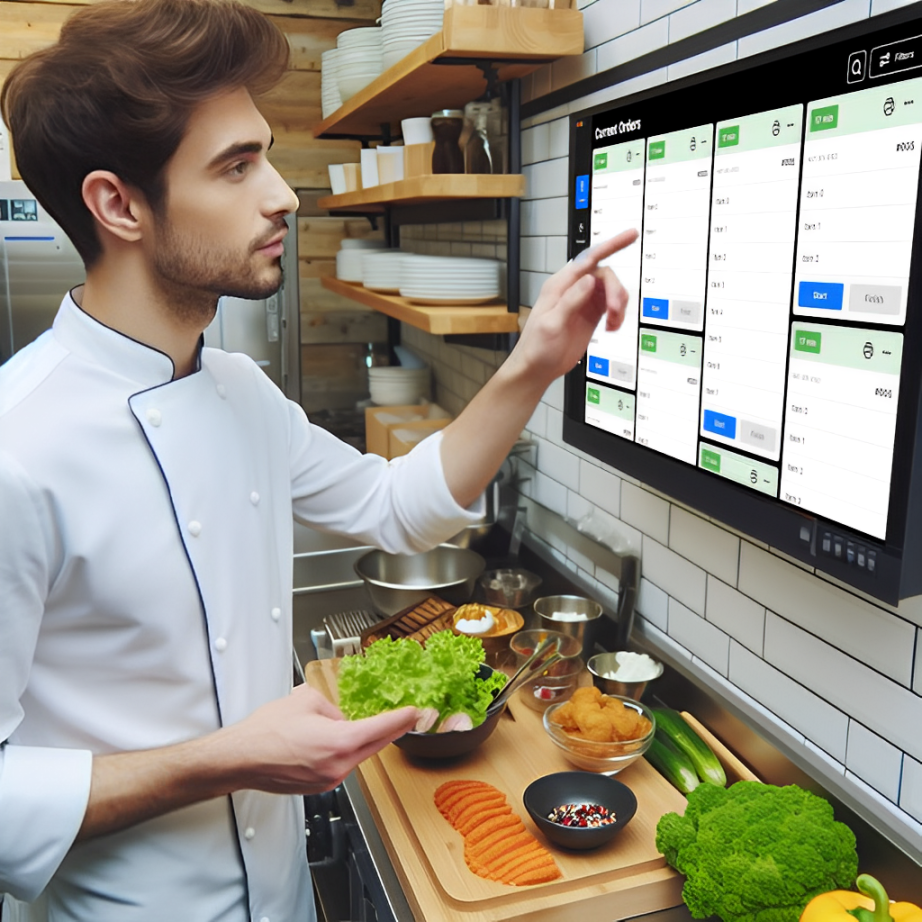Implementing self-ordering kiosks in your business offers significant benefits, from increased order accuracy to improved customer experience. However, ensuring these kiosks operate smoothly requires a strategic approach. This article provides key strategies to maintain the efficiency and effectiveness of your self-ordering kiosks.
Self-Order Kiosk – Best Practices
Collaborate and Test with Vendors: Work closely with your kiosk vendor to tailor the system to your brand and menu. Test the kiosks extensively in controlled environments to identify and solve any integration issues.
Staff Training and Engagement: Train your staff thoroughly on assisting customers with kiosk use and resolving potential issues. Engage them in promoting the technology, as their involvement is crucial to the success of the kiosk system.
Clear Signage and Instructions: Display easily understandable signage and instructions near the kiosks. Good examples, like the Science Museum in London’s Shake Bar, use vibrant signage that matches the establishment’s branding while clearly directing customers to the kiosks.
- Monitor Performance and Feedback: Continuously track the performance of your kiosks and gather feedback from both customers and staff. Use this data to make necessary adjustments and improvements.
- Software Development Considerations: When developing kiosk software, ensure it meets customer needs and includes key features like language selection, order customization, and payment options. Regularly update your software to prevent glitches and maintain a seamless customer experience.
- Accessibility and Assistance: Ensure your kiosks are accessible to all customers, including those with limited mobility. It’s also important to have staff available to assist customers who may need help with the kiosks.
- Utilize Customer Data: Kiosks can provide valuable customer data, such as popular menu items and customer preferences. Use this information to optimize your menu and plan effective promotions.
- Admin Dashboard for Management: Implement an admin dashboard for comprehensive management of kiosk operations, including menu updates, inventory control, and analytics. This dashboard is crucial for maintaining the efficiency and relevance of your kiosk system.
- Integration with POS Systems: Ensure your kiosk software integrates smoothly with your POS system for efficient operation and data management. This integration is key to a unified and efficient service.
- Regular Software Updates: Keep the kiosk software up-to-date to ensure a glitch-free user experience and to maintain the credibility and appeal of your technology.
Conclusion
Maintaining self-ordering kiosks involves strategic planning, continuous monitoring, staff training, and leveraging technology for optimal performance. By following these guidelines, you can ensure your kiosks not only operate smoothly but also enhance the overall customer experience and contribute positively to your business’s success.








